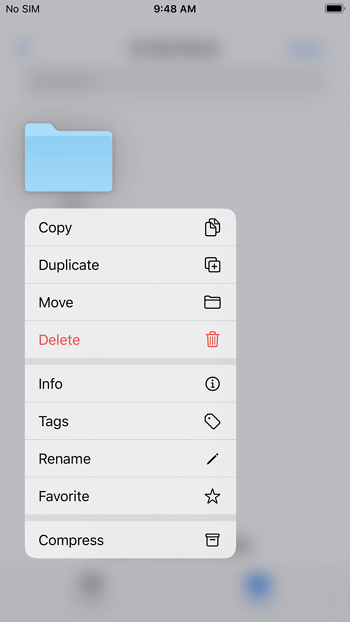

You will want to do this so that the code in one project is not suggested as IntelliSense to code in another project. In more complex projects, you may have more than one jsconfig.json file defined inside a workspace. Place the file at the root of your JavaScript code as shown below. We define this part of our code, the client side of our website, as a JavaScript project by creating a jsconfig.json file. For this reason, we offer a hint to create a jsconfig.json file when you open a JavaScript file in a fresh workspace. The JavaScript experience is improved when you have a jsconfig.json file in your workspace that defines the project context. The file itself can optionally list the files belonging to the project, the files to be excluded from the project, as well as compiler options (see below). The presence of such a file in a directory indicates that the directory is the root of a JavaScript project. As long as a file a.js doesn't reference a file b.ts explicitly (either using import or CommonJS modules), there is no common project context between the two files.Įxplicit Project - with jsconfig.json: A JavaScript project is defined via a jsconfig.json file. Visual Studio Code's JavaScript support can run in two different modes:įile Scope - no jsconfig.json: In this mode, JavaScript files opened in Visual Studio Code are treated as independent units. jsconfig.json is tsconfig.json with "allowJs" attribute set to true. Tip: jsconfig.json is a descendant of tsconfig.json, which is a configuration file for TypeScript. Tip: If you are not using JavaScript, you do not need to worry about jsconfig.json. The jsconfig.json file specifies the root files and the options for the features provided by the JavaScript language service. The presence of jsconfig.json file in a directory indicates that the directory is the root of a JavaScript Project. Configure IntelliSense for cross-compilingĮdit jsconfig.json What is jsconfig.json?.In some cases parsing the output of ls might be better avoided. tr " " "\n" will translate spaces into new lines for easier readability.

xargs echo will print the files that should be removed.In the dont-delete.txt file and the dont-delete.txt file This means all the items in the currentĭirectory will be removed except for directories, files listed xargs rm will remove all the remaining filenames in the already processed output of ls.comm -3 - sort will, just to make sure, sort the remaining output of ls.Ls -p | grep -v / | sed 's/\//g' | sort | comm -3 - //g' | sort | comm -3 - //g'will exclude the dont-delete.txt file, so it does not get deleted in the process. Do a dry-run to test the command and make it print the names of the files that it detects as to be deleted without actually deleting them, like so:.cd to the directory containing the files to be deleted like so:.Copy the dont-delete.txt file to the directory containing the files to be deleted like so:Ĭp dont-delete.txt /home/me/myfolder2tocleanup/.Unless the output of ls /home/me/myfolder2tocleanup/ exceeds the maximum shell argument limit ARG_MAX which is around 2MB for Ubuntu, I would suggest the following.Ī one line command implementation that will do the job, would be as follows: (You'll likely want to add the name of the whitelist file itself to the whitelist.) To illustrate, let's start with some files % lsįirst, read the whitelist into an array: % keepfiles=( "$įinally, we use this function as a qualifier in our command: % ls *(+nokeep) FWIW it looks like you can do this natively in zsh, using the (+cmd) glob qualifier.


 0 kommentar(er)
0 kommentar(er)
